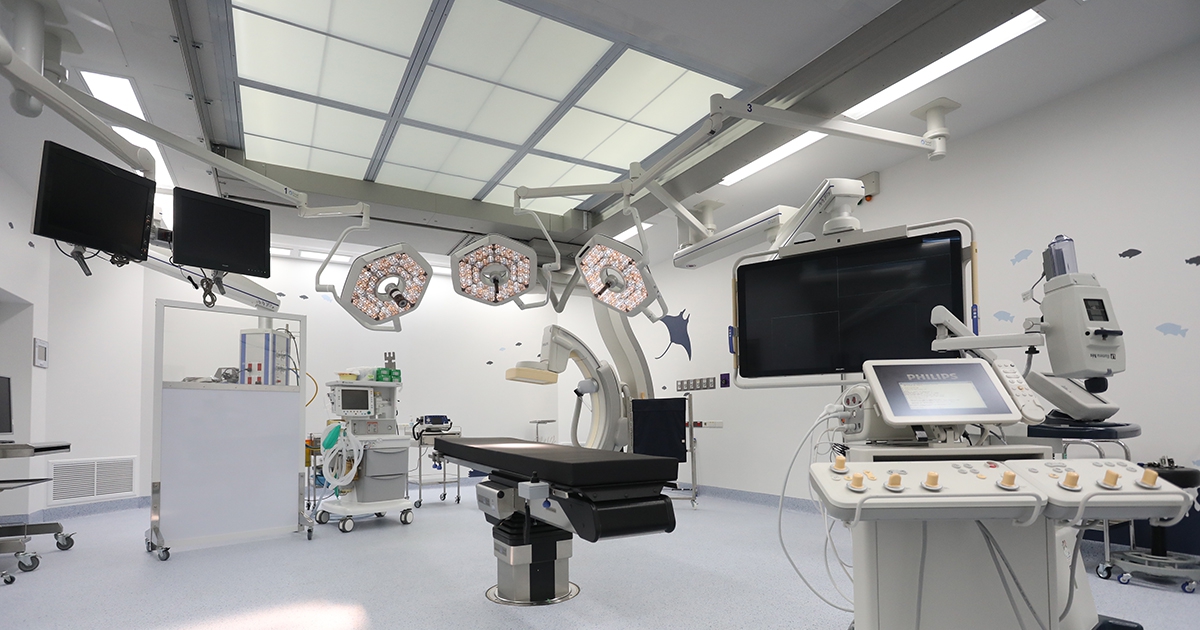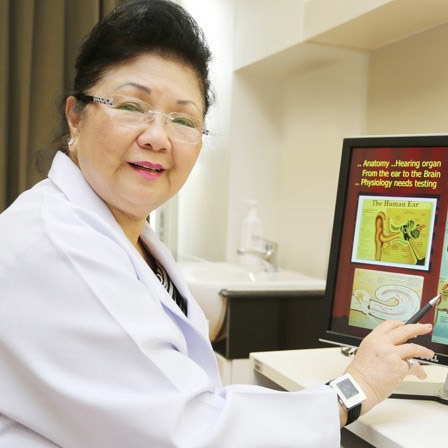
Hearing Speech Balance Tinnitus Center
Home > Health Info > Health Articles


DIAGNOSIS TREATMENT & REHABILITATION CENTER FOR HEARING SPEECH BALANCE TINNITUS
Hearing, Speech and Balance are complex mechanism processes working between your ears and your nervous system. Hearing loss not only involves a reduction in hearing ability not able to hear faint sounds, but also affects understanding of speech. Hearing loss can range from mild to very severe and generally comes on slowly, but many occasions can happen suddenly.
Children with hearing loss are at higher risk for having learning, speech/language and social/emotional difficulties than their normal hearing peers. Hearing loss can be present at birth. Causes include prenatal infections, illnesses, toxins consumed by the mother during pregnancy or other conditions occurring at the time of birth or shortly after. If your child has hearing loss, it is important to consider the use of hearing devices and other communication options by age 6 months, because children start learning speech and language long before they talk. Hearing loss has many causes such as blockage or damage in the outer and/or middle ear, disease or infection of ears, hearing nerve problems, certain drugs, exposure to noise, tumors, trauma and the aging process. Noise in the ear, dizziness, spinning or vertigo and hearing loss may occur together or separately but can be preventable.
Hearing loss should never be ignored.
DIAGNOSTIC SERVICES AVAILABLE
- Audiometry – testing degree hearing ability. Results of audiometric tests called audiograms are used to diagnose hearing loss of and diseases of the ear.
- Speech Discrimination Score (SDS) – the percentage of words correctly identified. Pathology of the inner ear, auditory nerve, and/or central auditory pathways can affect this score.
- SI SI Score (Recruitment Test) – the SISI test relates to the prevalence rates of cochlear and retrocochlear disorders.
- Tone Decay Test – involves the presentation of a continuous tone to determine whether the threshold for the tone has changed (becomes poorer) over time. The test helps differentiate sensory from neural hearing loss, and is used in the diagnosis of cochlear versus retrocochlear lesions and eighth nerve tumors.
- Bekesy Audiometry – a tool for detecting hearing ability, type of hearing loss, degree of hearing loss and for detecting simulated hearing loss.
- Auditory Brainstem Response (ABR) – a useful diagnostic tool for measuring hearing when more conventional hearing tests cannot be used as in newborn baby or Neurological patients.
- Posturography – a twenty minute computerized clinical test used to assess balance function from the eyes to the ear and to the brain.
- Caloric Test, Electronystagmography (ENG) / Video Nystagmography (VNG).
Caloric Test – monitoring the movements of your eyes using goggles to make sure that both of your ears can sense this stimulation. This test will confirm that your vestibular system for each ear is working and responding to stimulation.
Video Nystagmography (VNG) – technologies for testing inner ear balance organ and central motor functions. VNG measures the movements of the eyes directly through infrared cameras. VNG testing is more accurate, more consistent, and more comfortable for the patient to differentiate balance problem from the ears to the brain through the eyes and a window to the vestibular system. - Treatment will be according to the etiology. Many times hearing and balance rehabilitation are needed.
- Balancing Rehabilitation – to improve coordination of all balance organs from the eyes to the ears proprioceptive senses and brain
- Hearing Rehabilitation – by using Hearing Aid Device Consultation and Installation
- Cochlear implants – a surgically implanted electronic device that provides a sense of sound to a person who is profoundly deaf or severely hard of hearing.
DOES YOUR BABY RESPONSE TO EASY TESTS THAT CAN BE PERFORMED?
ARE YOU SURE THEY CAN HEAR SOUND WELL?
MEDICAL SERVICES AVAILABLE FOR NEWBORN AND PEDIATRIC PATIENTS
- Otoacoustic Emission Test (OAEs) – a sound which is generated from within the normal inner ear can inner ear health.
- Auditory Brainstem Response (ABR) – a useful non-invasive diagnostic tool for measuring hearing when conventional hearing tests cannot be used.
- Auditory Steady State Response (ASSR) – this is another type of audiogram from which questions regarding hearing, hearing loss, and aural rehabilitation can be answered and information for hearing aids fitting.
- Fitting Hearing Aids – for individual fit – Fit to Fit.
- Cochlear Implant – a surgically implanted electronic device that provides a sense of sound to a person who is profoundly deaf or severely hard of hearing.
- Audiology and Speech Therapy in hearing impaired children– is essential
- Hearing Loss and Dizziness
- Hearing loss and deafness in babies
- Vertigo and Dizziness
Share :


